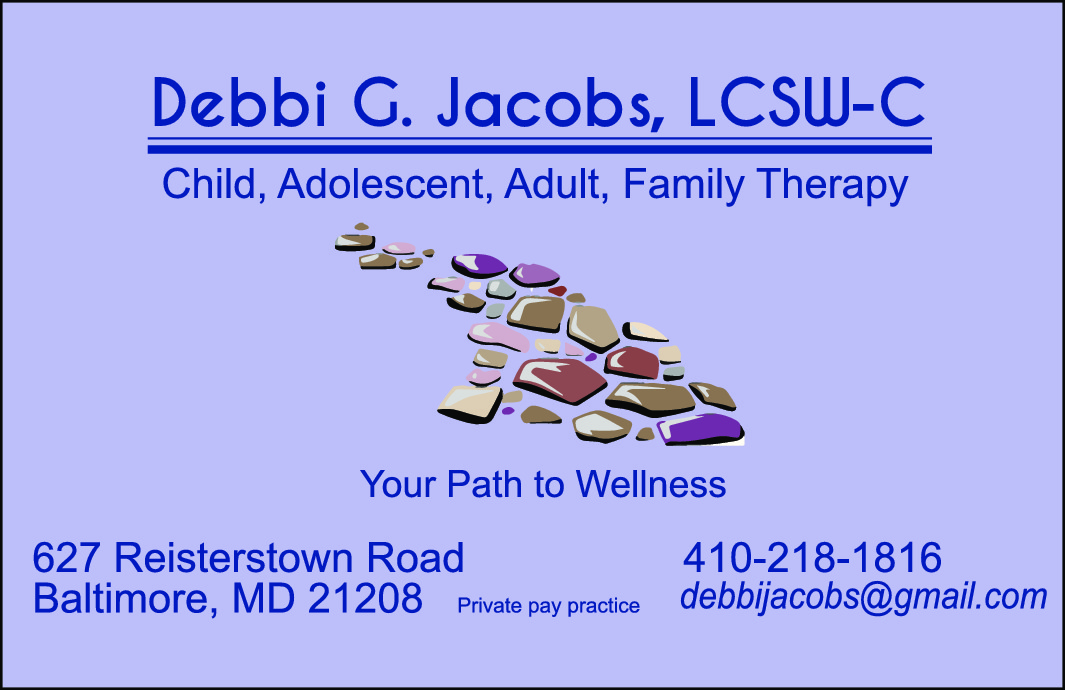by Jakub Lichterman and Michael
Kidorf, Ph.D.
Many traits run in families, and
unfortunately, substance use is one of them. Several studies show that parents
impact the substance use of their children through genetic transmission,
parenting styles, and their own substance use habits. This model conforms to a
traditional “top down” vertical approach to understanding family problems. But
perhaps there is also an overlooked horizontal process that occurs within
families, in which siblings impact each other’s substance use, independent of
the influence of their parents.
It makes complete
sense that siblings might influence each other’s tendencies to use substances. Teenagers
spend more time with their siblings than with their parents. In general, young
people are susceptible to the influence of others, unlike adults who are often
set in their ways. Younger siblings, for example, often view their older
siblings as role models and inherit many interests from them. They might share
friends, music tastes, hobbies, or pretty much anything else. It is not hard to
imagine a younger sibling choosing to “experiment” with substances that his or
her older sibling has already used.
It turns out that
I am not the first person to ask if teenage siblings transmit substance use to
each other. There is plenty of recent research on the subject. It appears that
the question is studied in at least two ways. The first is survey sampling,
which means that teens and their families’ complete surveys or interviews at
one time point or across months or years. This methodology provides information
on how often and how much family members use substances, as well as their
thoughts and intentions, although people may not always complete surveys
truthfully or accurately.
A more ambitious
approach evaluates large healthcare databases to examine familial trends in
substance use over time. These studies rely on formal diagnoses to indicate
substance use problems but are less sensitive to lower rates of use that are
more common among teenagers. In other words, database studies may underestimate
the problem.
According to the
research, there is a strong connection between the substance use of siblings,
and statistical models show that older siblings have a big effect on younger
sibling use. A recent large-scale study of healthcare databases in Canada shows
that adolescents are 3.7 times more likely to have a substance use disorder if
both parents have a disorder, and 3.9 times more likely if their older sibling
has a disorder. These are considered large effects. Other studies have reported
similar findings: Adolescents are highly susceptible to using alcohol and drugs
based on the substance use of an older sibling, even after controlling for
(minimizing the influence of) the substance use of their parents. Interestingly,
there is also some evidence that younger siblings who use substances can
influence an older sibling towards more substance use.
There remains the
question of how siblings impact each other, which has also been subject to
investigation. As might be expected, the sibling connection is stronger for
same-gender siblings. It is also stronger for identical twins over fraternal
twins, suggesting a significant genetic component. Research studying
environmental links to sibling influence have focused on how a brother or
sister can increase access to substances (directly or through mutual friends),
demystify drug use experiences and sometimes glorify drug effects, and create
positive expectations about the effects of substances. Putting this together,
siblings can make teenage substance use seem more acceptable by highlighting
positive effects and minimizing negative effects. It is possible to consider
sibling influence as a type of family peer pressure!
As I was writing
this article, I thought of another pathway of family substance abuse. Perhaps
there are times when the behavior of a child or teenager somehow instigates
more substance use in the parents, literally “driving them to drink.” The idea
may not be far-fetched. Parenthood is quite stressful, and to the extent that
substance use is helpful in reducing stress, it may be perceived as a possible
(albeit flawed) solution. This may occur if one or more of the children is difficult
or has behavior problems or, perhaps, chooses a life path that is different
from the parents. They might even attempt to justify their use and suggest that
it helps to make them better parents by reducing stress or allowing them to be
calmer when addressing misbehavior. If I were starting graduate school, this
might be an area of research that I would like to pursue. Now I just need to
finish high school.
Looking at the
strong connections between family member substance use, it is clear how
complicated it all is. Within families, there are multiple factors colliding
with each other to directly or indirectly affect substance use. At the very
least, helping teenagers address a substance problem early on seems important
to reducing the chances that substance use, and the problems that come with it,
do not consume the entire household. Perhaps creating more educational programs
for schools has the best chance to reach the most teenagers. There may even be
ways to help abstinent teenagers be more of a positive influence on their
siblings. Learning about these studies also increases my appreciation of
individual and family therapists who need to consider how substance use impacts
the entire family system.
Jakub
Lichterman is a senior at Beth Tfiloh and wrote this article as part of his
Spring internship.
Michael
Kidorf is a clinical psychologist and Associate Professor at Johns Hopkins
University






